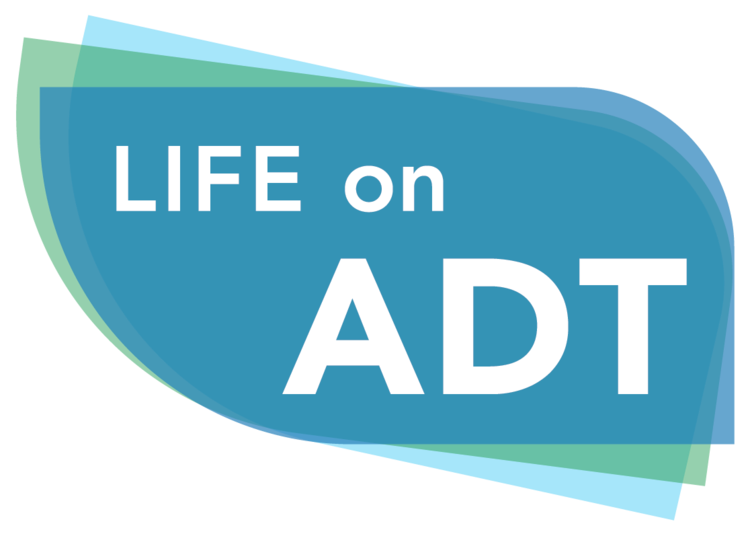Using some rather new neuro-imaging techniques, it is possible to map hormone-related changes in the functioning of various brain regions. This approach has now been used to understand how ADT affects the brain.
In a new study out of Spain, researchers used a type of neuro-imaging called resting-state functional magnetic resonance imaging (rs-fMRI) to investigate the potential impact of ADT on brain functioning. Rs-fMRI is used to visualize spontaneous brain activity when a person is ‘at rest,’ or not performing a particular task. In the current study, researchers looked at differences in rs-fMRI between men with prostate cancer, who were both on ADT (n = 49) and not on ADT (n = 15, controls). The men on ADT had been in treatment for at least 6 months, with an average of 3.5 years. Rs-fMRI was used to explore potential differences across the whole brain and in specific regions where there are more androgen receptors.
Compared to the controls, men on ADT displayed different patterns of resting-state neural activity particularly in certain frontal regions of the brain related to planning, initiating and coordinating movements. The results also suggest that ADT may alter brain function in the occipital cortex, which is involved in processing visual information. The findings appear to be consistent with previous research showing differences in spatial information processing related to ADT. Although not mentioned by the authors, it may also account in part for differences in attention to sexual images for men on ADT versus those not on ADT (Palmer-Hague et al. 2021).
When looking at connections and coordination between different brain regions (i.e., ‘functional connectivity’), the researchers found that ADT may have differential effects depending on the region of interest. As the study authors describe, there may be changes in certain regions in terms of “how well individual brain regions activate in a concerted manner”.
So, what does all of this mean for men on ADT? This study provides a small, preliminary glimpse into potential ADT-related alterations in the functioning of various brain regions. We don’t yet know how these changes correlate with men’s lived experience or with impacts on cognitive or psychological functioning. We need additional, longitudinal studies to better understand how the brain may adapt over time to ADT.
If you are worried about your brain’s health, there are things one can do to protect cognitive function while on ADT. For example, physical activity can help preserve cognitive function as we age, whether or not we are on ADT.
To read the full article, see: https://www.nature.com/articles/s41598-021-02611-6
References:
Plata-Bello, J., Plata-Bello, A., Pérez-Martín, Y., López-Curtis, D., Acosta-López, S., Modroño, C., & Concepción-Massip, T. (2021). Changes in resting-state measures of prostate cancer patients exposed to androgen deprivation therapy. Scientific reports, 11(1), 23350. https://doi.org/10.1038/s41598-021-02611-6
Palmer-Hague, J. L., Wong, S. T., Wassersug, R. J., Kingstone, A., & Wibowo, E. (2021). Hormones and visual attention to sexual stimuli in older men: an exploratory investigation. The Aging Male, 24(1), 106-118.
